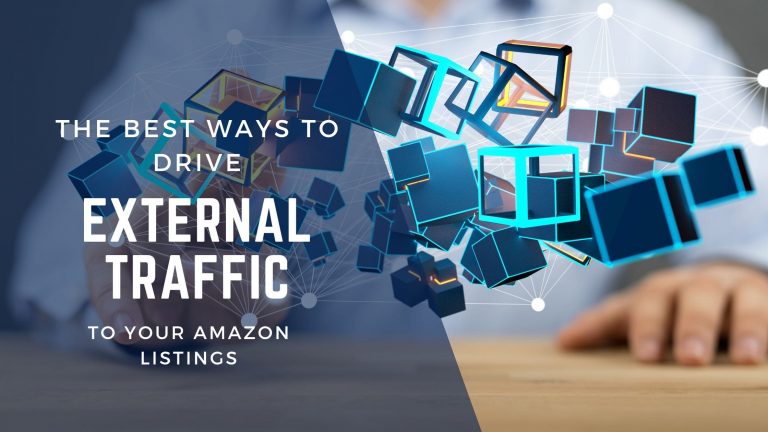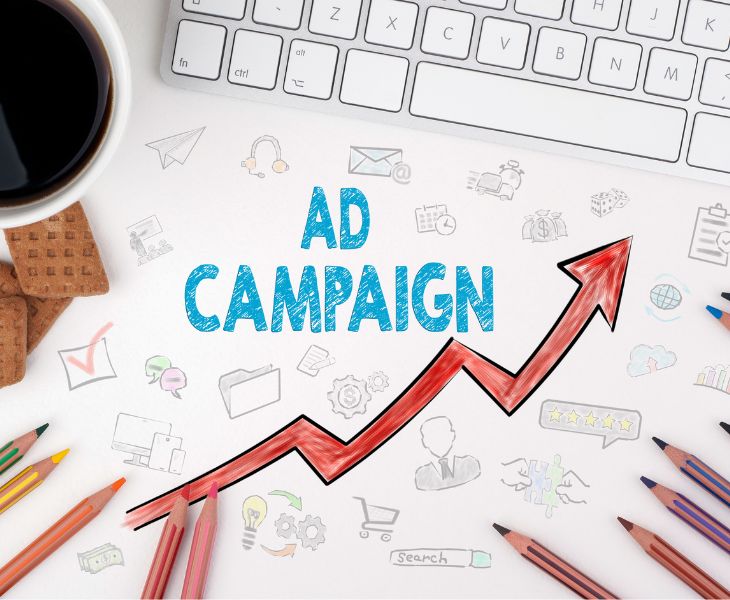Learn how to bring outside traffic from social media, influencers, and paid ads to boost your Amazon sales.
If you’re relying only on Amazon’s internal traffic to grow your sales, you’re leaving money on the table. While Amazon Ads are powerful, competition is fierce—and getting more expensive every day. That’s why smart sellers are now tapping into external traffic sources like social media, Google Ads, influencers, and email marketing to drive targeted visitors to their Amazon listings.
In this blog, we’ll explore why external traffic matters, which platforms work best, how to track results, and how to build a long-term strategy that keeps bringing in customers.
If you are interested in learning this process, you can enrol for an in-depth training program on Ecom Funnels Mastery here.
Why External Traffic Matters
Amazon’s algorithm loves external traffic. When shoppers land on your product from outside Amazon—and actually buy—Amazon rewards you with higher organic rankings. That means more visibility, more clicks, and ultimately more sales, even without spending more on internal ads.
In addition, relying only on Amazon’s ad system (like Sponsored Products or Sponsored Brands) puts your business at risk. If costs rise or a campaign fails, your sales can drop overnight. By diversifying with external traffic, you create multiple paths for growth.
Some of the best platforms to drive external traffic include Facebook, Instagram, YouTube, Google and influencer networks. These platforms allow you to reach audiences who may not be actively searching on Amazon, but who are a perfect fit for your product.
Best Platforms for Driving Traffic
Google & YouTube Ads are another strong performer. These ads appear when shoppers search for products on Google, displaying images, pricing, and links to your listing. They work well for products with clear intent-based searches like “wireless headphones” or “back support belt.”
Influencer marketing is a powerful organic and paid traffic tool. Partnering with Instagram creators or YouTube reviewers can create viral exposure, especially if the influencer’s audience aligns with your product category. Their endorsement builds trust and leads to authentic traffic.
Facebook and Instagram Ads are top choices for Amazon sellers. These platforms let you run visual, targeted ads to potential customers based on demographics, interests, and behavior. You can showcase your product, highlight a limited-time offer, and link directly to your Amazon listing.
Strategies for Running External Ad Campaigns
To make your external traffic efforts profitable, you need the right strategy. First, focus on creating high-converting creatives—images or videos that clearly communicate your product’s benefits and why someone should click. Use lifestyle shots, UGC-style content, or before-and-after visuals to make your ad stand out.
Once someone clicks but doesn’t buy, that’s where retargeting ads come in. Platforms like Meta (Facebook/Instagram) and Google allow you to show follow-up ads to those visitors, reminding them of the product and nudging them back to buy. This increases your return on ad spend (ROAS) and prevents lost sales.
Start with a small budget—₹300 to ₹1,000 per day—test different creatives and audiences, and scale only the ones that perform. Use promo codes or special deals in your ads to encourage quick conversions.
Using Amazon Attribution for Tracking Success
Tracking external traffic is critical, and that’s where Amazon Attribution comes in. This is Amazon’s tool that lets you track where your external traffic is coming from and how it’s performing. It provides data like clicks, detail page views, add-to-cart actions, and actual sales.
Since it is not available in India use pixel URL from magiclinkz.com to track leads and add to carts. MagicLinkz is a smart link-tracking tool built specifically for Amazon sellers in India, where Amazon Attribution is not yet available. With MagicLinkz, you can create keyword-embedded URLs and share them on platforms like Facebook, Instagram, YouTube, or WhatsApp to drive traffic and track clicks. It also lets you add Facebook Pixel or Google Tag Manager to each link, so you can retarget visitors and run better ads. You can even create dynamic QR codes for packaging inserts and build a BioLink page to manage all your important links in one place.
Leveraging Email & Content Marketing to Drive Sales
While ads and influencers bring short-term traffic, email and content marketing help build long-term brand value. If you have a website or blog, write helpful articles that solve problems related to your product and link them to your Amazon listing. This builds authority and brings in SEO-driven traffic.
Pair this with email marketing. Use lead magnets like a free guide, discount coupon, or ebook to collect emails, then create an automated sequence that introduces your product, shares reviews, and links directly to your listing.
Building an email list gives you the power to drive repeat purchases, launch new products, and boost reviews—all while reducing your dependency on Amazon Ads.
Conclusion
Amazon rewards sellers who bring external traffic to their listings. Whether it’s through Facebook ads, Google, influencer shoutouts, or strategic content, driving targeted visitors from outside Amazon can give your business a major edge.
Start small, track everything, and scale what works. The outside traffic advantage is real—use it to stand out.







One Response
useful content